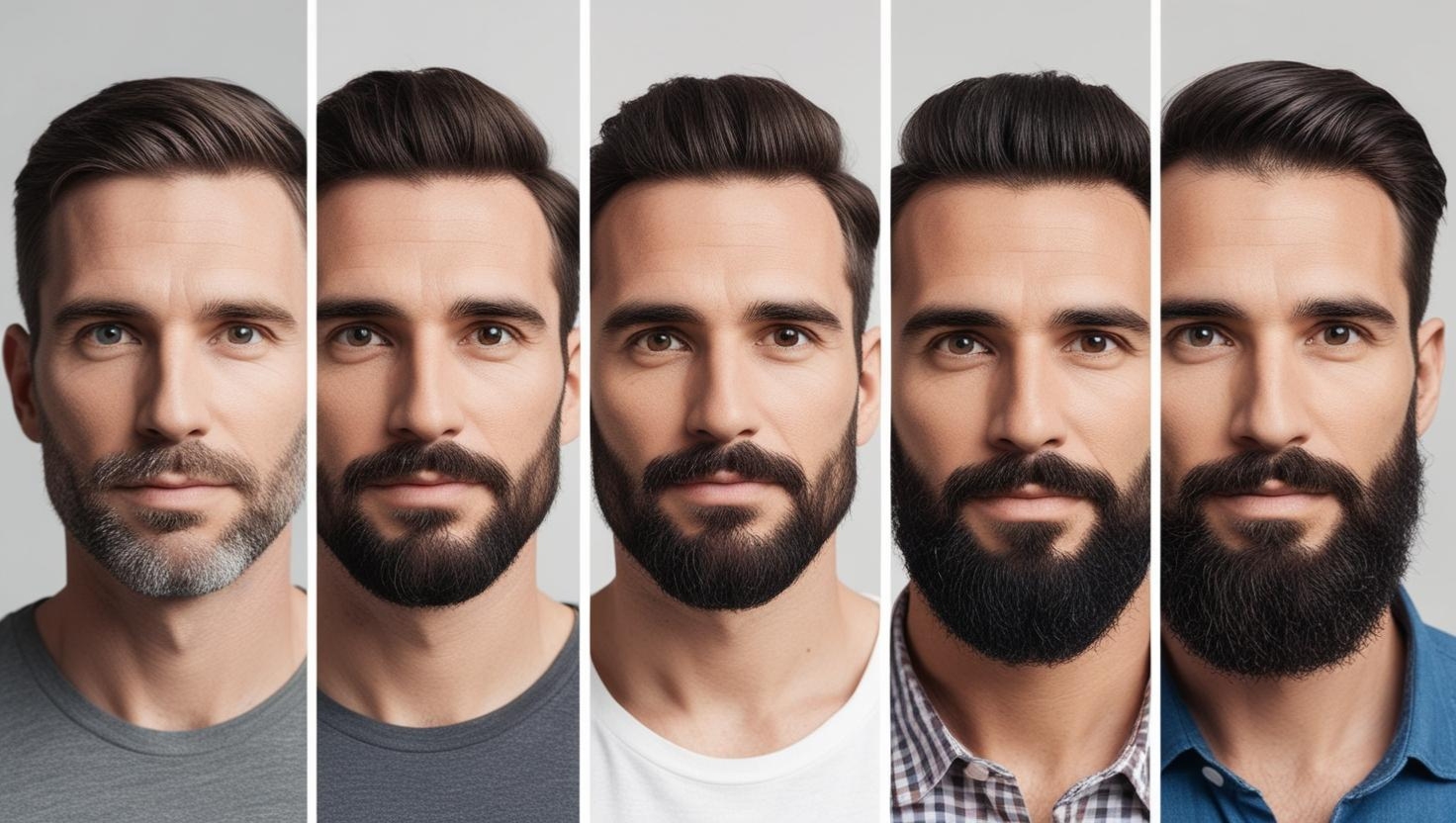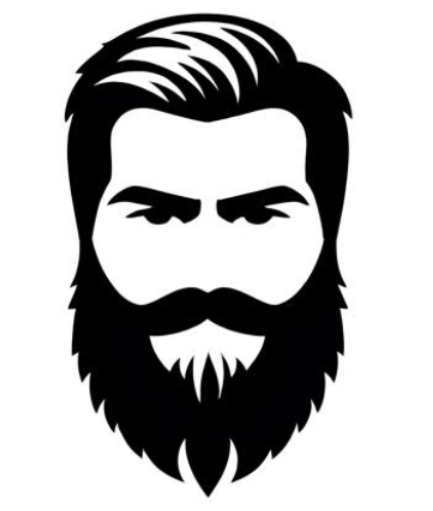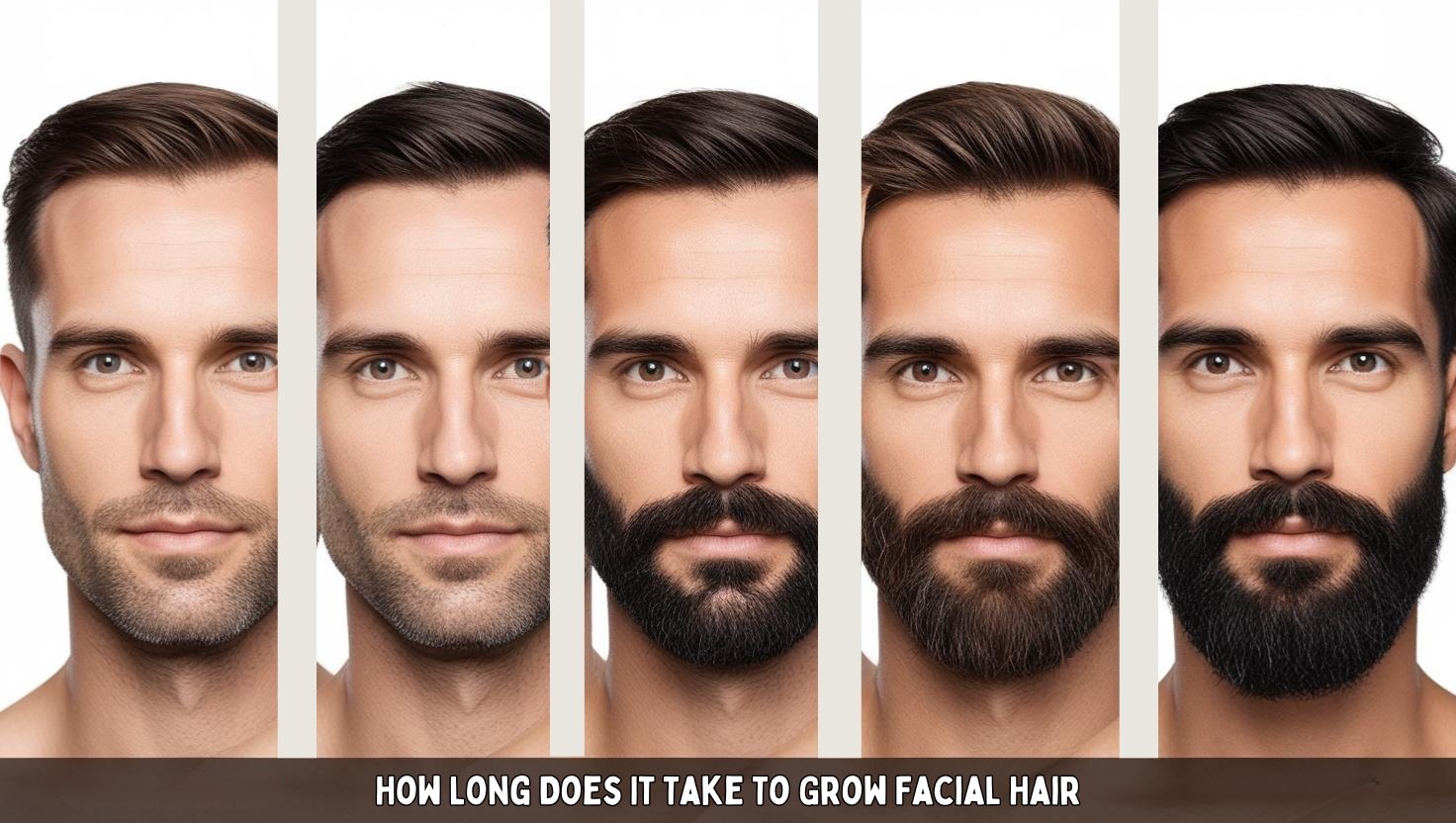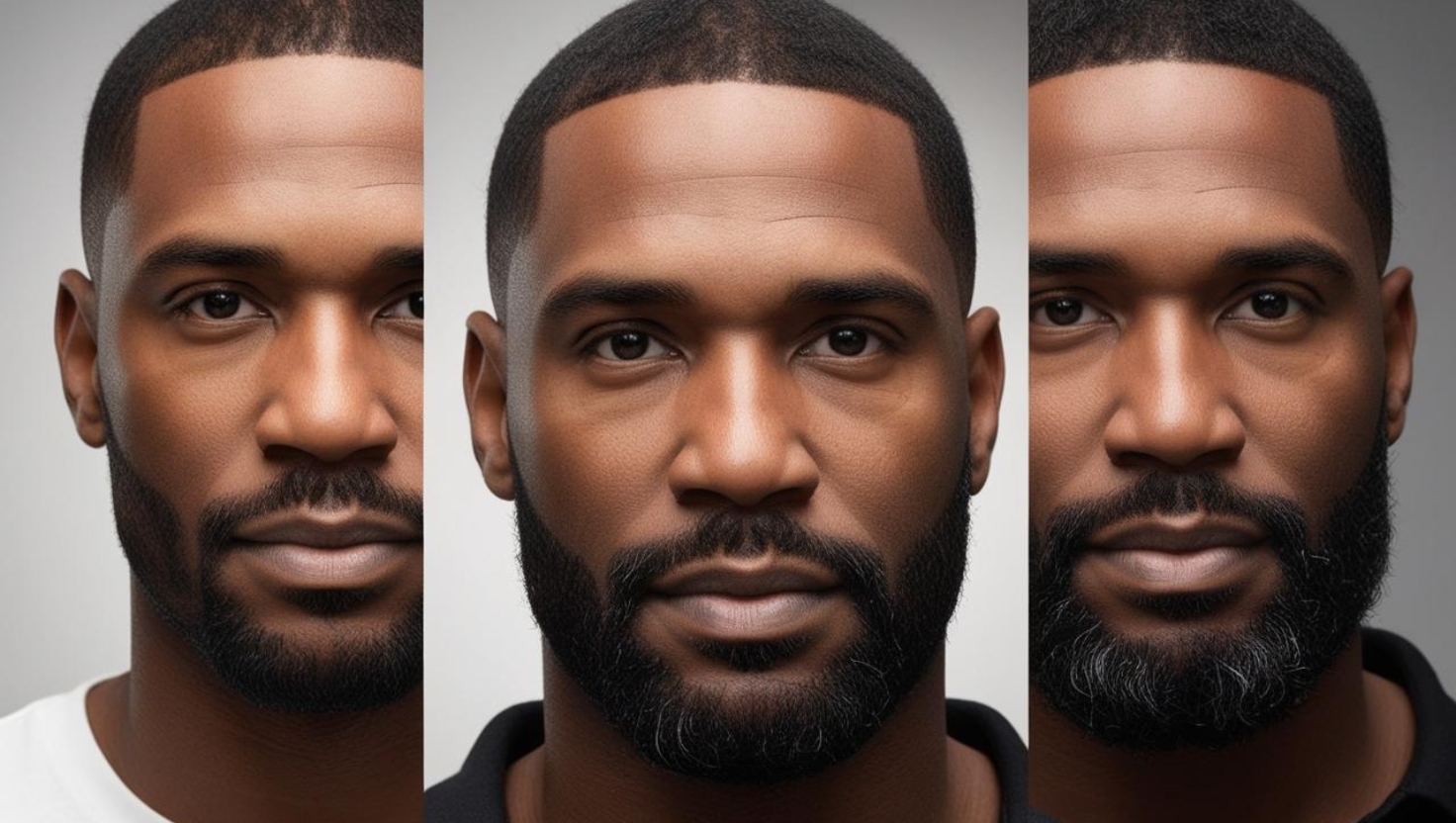Have you ever wondered how long it actually takes to grow facial hair? If you’re thinking about growing a beard or some stylish stubble, you’re not alone. Many people, like me, ponder the mysterious journey of facial hair growth, and you might find yourself asking this question too. Growing facial hair can be quite the adventure, and it varies for everyone. So, let’s chat about the factors involved, how the journey unfolds, and what you might expect along the way.
The Basics of Facial Hair Growth
Understanding the fundamental phases of facial hair growth can give you clearer expectations and patience as you start or continue your journey.
Understanding Hair Growth Phases
Just like the hair on your scalp, facial hair grows in cycles. These include different phases that determine the pace and texture of your beard.
- Anagen (Growth Phase): This is where the magic happens. During this phase, hair actively grows from your follicles. The length of this phase differs from person to person, but it typically lasts a couple of weeks to a couple of years.
- Catagen (Transitional Phase): This is a short transitional phase, lasting around two weeks. Here, hair growth slows down as the hair follicle shrinks.
- Telogen (Resting Phase): In this final phase, your hair follicles take a break. This period lasts around three months, and it’s when shedding might occur as old hairs are replaced by new ones.
Having a good grasp of these cycles can help you understand why sometimes your beard might seem like it’s in a stagnant phase.

Individual Variation
Just like snowflakes, no two faces or facial hair growth patterns are the same. Factors such as genetics, age, and hormones play crucial roles in determining how long it will take for you to grow noticeable facial hair.
- Genetics: Unfortunately, you can’t choose your genetic makeup, and it significantly influences facial hair growth. If your father or grandfather had robust facial hair, chances are you might too.
- Age: Typically, facial hair starts developing during puberty, with the fullest potential often reached in your twenties or thirties.
- Hormones: Testosterone levels can impact hair growth, where higher levels often lead to denser and quicker growth.
How Long Does It Usually Take?
While there’s no one-size-fits-all timeframe for growing facial hair, an average timeline might help set expectations and benchmarks.
Average Growth Timeframes
Here, I’ll lay out an estimate of how long it may take to reach various stages of facial hair growth:
| Stage | Timeframe | Characteristics |
|---|---|---|
| Stubble | 1-7 days | This is the initial phase of stubble formation, perfect for a rugged look. |
| Short Beard | 2-6 weeks | At this stage, facial hair is filling in but may appear patchy. |
| Medium Beard | 6 weeks-3 months | The beard is more robust and fuller, requiring grooming to maintain its shape. |
| Full Beard | 3-6 months | A full beard offers a significant transformation, showcasing a more mature appearance. |
These stages are approximate, and individual growth rates can alter this timeline.
Factors Affecting Growth Rate
While we touched upon genetics, age, and hormones, there are other factors, too, influencing how quickly facial hair might grow:
- Diet and Nutrition: Nutrient-rich foods support hair health and growth. Vitamins like B7 (biotin) and other nutrients can improve hair strength and sheen.
- Stress Levels: High stress can lead to hair loss or slow down growth. Finding relaxation methods can contribute positively.
- Skincare Routine: A proper regimen helps maintain healthy skin, which can support robust hair growth. Exfoliation, moisturizing, and avoiding harsh chemicals keep the skin in optimal condition.
Encouraging Faster Growth
While some things are beyond control, there are actionable steps you can take to foster faster and healthier facial hair growth.
Care and Grooming
A consistent grooming routine isn’t just about appearance; it’s about providing the ideal environment for your hair to flourish.
- Regular Washing: Keeping your beard clean with gentle cleansers removes dirt and oils that can clog pores.
- Conditioning: Using beard oils or balms keeps hair moisturized, prevents breakage, and calms skin irritation.
- Brushing and Combing: These practices stimulate follicles, help in training hair to grow in the desired direction, and eliminate tangles.
Lifestyle Adjustments
A few tweaks to your habits can go a long way toward achieving the luscious facial hair you desire.
- Balanced Diet: Focus on proteins, healthy fats, and vitamins to strengthen hair health. Consider incorporating leafy greens, nuts, eggs, and fish into your meals.
- Exercise: Regular physical activity can enhance circulation, which might support hair follicle health.
- Hydration: Drinking enough water promotes overall health, influencing hair growth and strength indirectly.
Overcoming Growth Challenges
Even with the best efforts, obstacles or frustrations might arise during the journey to a full beard.
Common Challenges
It’s not uncommon to encounter these snags as your facial growth develops:
- Patchiness: Certain areas may grow slower or have fewer hairs. This is normal due to individual follicle density and growth phase variations.
- Itchiness: Often, new facial hair can be itchy as it breaks through the skin; moisturizing oils can help soothe the irritation.
- Inconsistencies: Some hairs may be coarser or curl independently; regular trims and grooming can control the untidiness.
Solutions and Tips
If you’re dealing with stumbles on your quest for facial hair growth, consider these solutions:
- Patience is Key: Growth takes time, and hair stages differ. Allow your beard time to mature before making decisions.
- Consult Experts: If you’re worried about growth patterns, talking to dermatologists or trichologists might provide insights or solutions.
- Avoid Overstyling: Constant trimming or shaving doesn’t increase hair growth rate; avoid overdoing it in hope of faster results.

Emotional and Psychological Aspects
Beyond the aesthetics, growing facial hair can have emotional and psychological effects that influence self-perception and confidence.
Confidence and Identity
Facial hair can play a role in shaping one’s self-identity and enhancing confidence:
- Perception: For some, a beard can symbolize maturity and masculinity, impacting how others might perceive you.
- Self-Expression: Experimenting with different styles allows me to explore personal tastes and express individuality.
- Social Influence: Peer influence or societal norms may sway one’s decision to grow or not grow a beard.
Emotional Obstacles
For those struggling with slow growth or societal pressure, it’s crucial to remember:
- Comparison is Unnecessary: Everyone’s growth journey is unique; focussing on others can negate the pleasure of your progress.
- Personal Satisfaction Matters: Choose a style or growth path because it’s meaningful to you, not solely driven by trends or expectations.
Conclusion
The journey to growing facial hair is as varied as individuals themselves. From understanding the basics of growth phases to nurturing your beard and conquering potential challenges, many elements play a role. Personalizing your approach to suit your lifestyle and preferences is crucial. After all, whether you’re aiming for a beard that becomes your pride or testing the waters with some stubble, the journey is as rewarding as the destination. Keep patience and commitment in your corner, and you’ll eventually craft the facial hair story that’s authentically yours.


